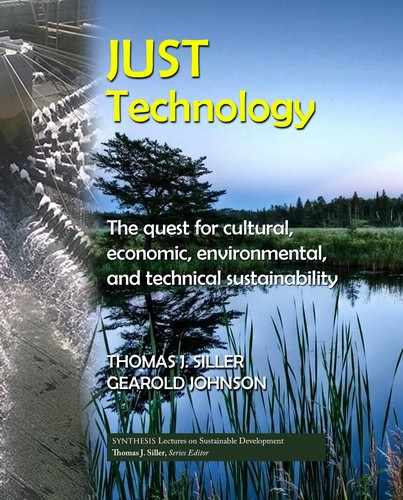10.3. ENGINEERING DESIGN 71
points out, most of the work was accomplished with very low tech tools: street paint being the
main one! Again, another quote is worth sharing.
“Transforming a car-clogged street into inviting shared space doesn’t always require heavy
machinery, complicated reconstruction, or millions of dollars. Planners can reorder a street
without destroying a single building, double-decking a street, or building a streetcar, light
rail system, or highway interchange. … Yes, I mean paint. Hundreds of thousands of gallons
of it.”
With paint she has transformed many streets and intersections throughout the city cre-
ating pedestrian friendly areas throughout. is has involved rerouting traffic, closing lanes of
traffic to provide safe bikeways and people gathering places for residents. All of this addresses
the real challenge that was identified: volume was the issue not capacity. To reduce volume, you
need to give people an alternative to cars. e approach taken is a shift in culture—transforming
streets into something more than conveyors of traffic. is is an excellent case of thinking dif-
ferently.
10.3 ENGINEERING DESIGN
Although we promote thinking differently it is important that this thinking is also incorpo-
rated into the traditional process of engineering design. Design activities are one of the most
distinguishing characteristics of engineering so it is important to merge our ideas with this core
function. In the previous chapter we show how our Just Technology questions fit seamlessly into
the traditional engineering design process. e questions provide opportunities to reflect in new
manners as we engage in the design process. Design has always been considered an interactive
process so stopping and asking questions that may lead to returning to earlier steps is a natural
process. Just technology basically expands the opportunity for stopping and reflecting.
Recently, we were encouraged by a statement made by Doug Sereno on behalf of the
ASCE (American Society for Civil Engineering) regarding a Roadmap to sustainable develop-
ment [97]. A major point made in this roadmap is the idea that as engineers we need to: “Do the
right job, and Do the job right.” We content that for most of the history of engineering educa-
tion students have been trained to do the latter, Do the job right. Our call to action in the book
has been about “Doing the right job.” Having ASCE declare the importance of this concept is a
great beginning step in the future direction we want engineering to head. As we have stated we
are good at the job right and have developed many tools to assist. Tools for doing the job right
are still in a nascent stage. In Sereno’s presentation the following points are presented as steps
toward doing the right job.
1. Identify and address the intrinsic needs of a program or project.
2. Minimize those needs to the extent possible.
3. Satisfy any residual needs.
..................Content has been hidden....................
You can't read the all page of ebook, please click here login for view all page.
